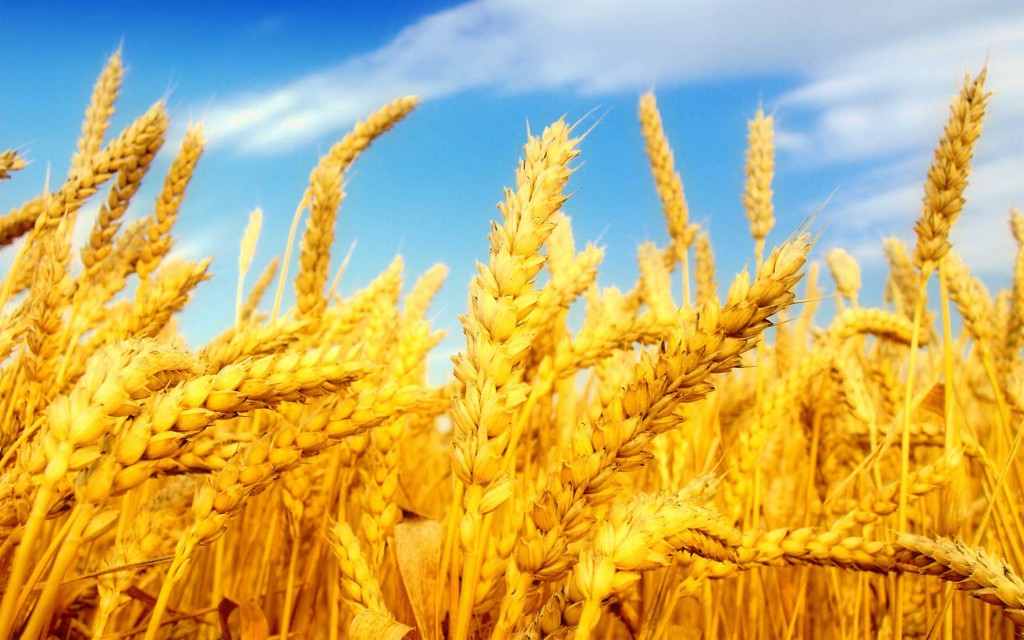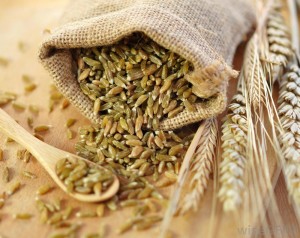
DO you ever wonder why most health-conscious people choose whole grain foods? Here are some facts about whole grains.
Whole grains are cereals, which retain the bran, the hard, outer layer of the grain. It also contains the germ, the smallest part of the grain as well as the endosperm, the main part of the grain. Common whole grain products include oatmeal, popcorn, brown rice, whole-wheat flour and whole wheat bread.
Typical whole grain cereal foods are low in saturated fats but are sources of polyunsaturated fats, including omega 3 linolenic acid, which is believed to be good for the heart. Whole grains are also excellent sources of fiber, which provides important health benefits, from preventing gastrointestinal disorders to promoting normal bowel. These products also promote satiety, help control serum cholesterol and reduce the risk of heart disease.
Whole grains have both soluble and insoluble fibers. But not all whole grains are good sources of fiber. Whole wheat contains the highest amount of fiber among the whole grains. Brown rice contains the least amount of fiber. The common vitamins present in the whole grains are the B-complex vitamins, including folate, which is essential in the formation of all body cells.

Whole grains are also good sources of many minerals, including iron, magnesium, copper, phosphorus and zinc, which are essential to our health. They also have antioxidants, including vitamin E and selenium, as well as phytochemicals including flavonoids and phytic acid which can prevent coronary heart disease, digestive system disease, diabetes, obesity and many different types of cancer.
A study conducted by United States Department of Agriculture (USDA) Human Nutrition Research Center reported that those who consumed at least three 1-ounce-equivalent servings of whole grain foods per day were less likely to have the “metabolic syndrome”. This is a condition marked by a combination of abdominal obesity, high triglycerides, low High Density Lipoprotein (HDL) cholesterol, high blood pressure, and poor blood sugar control—all of which increase the risk for diabetes and heart disease.
How would you know if a whole grain product is really “whole”? The only way is to check the label or the ingredient list. If it doesn’t say “whole grain” or “whole wheat”, it’s not the real thing. Don’t be misled by the package’s picture, or descriptive names because they do not necessarily mean whole grain goodness. Take time to read product labels and ingredients before purchasing.

Based on the Nutritional Guidelines for Filipinos, an individual person can increase fiber intake by eating a variety of high fiber foods such as fruits, vegetables, dried beans and peas, whole grain bread, oatmeal and other whole grain cereals and pasta.
Be one of those health-conscious people who choose whole grain products. Make whole grain part of your daily meal. It is good for your health!
For more information on food and nutrition, contact: Dr. Mario V. Capanzana, Director, Food and Nutrition Research Institute, Department of Science and Technology, General Santos Avenue, Bicutan, Taguig City; Tel/Fax Num: 8372934 and 8373164; email: [email protected], [email protected]; FNRI-DOST website: http://www.fnri.dost.gov.ph.; FNRI Facebook page: facebook.com/FNRI-DOST; FNRI Twitter account: twitter.com/FNRI-DOST. (Imelda A. Agdeppa, FNRI-DOST S&T Media Service/PIA-Caraga)






